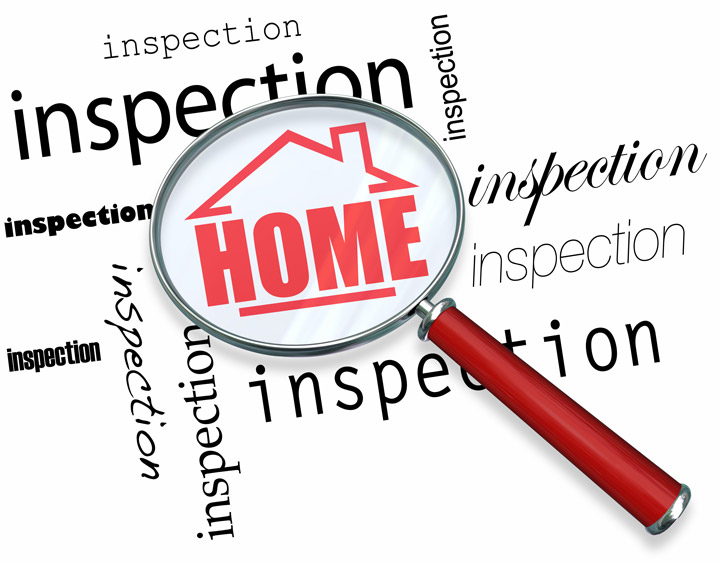
A Description of the Appraisal ProcessGetting a home is the largest transaction many of us might ever encounter. Whether it's a main residence, a second vacation property or one of many rentals, the purchase of real property is an involved transaction that requires multiple people working in concert to pull it all off. You're likely to be familiar with the parties taking part in the transaction. The real estate agent is the most familiar face in the exchange. Next, the bank provides the financial capital necessary to finance the deal. The title company sees to it that all requirements of the sale are completed and that a clear title transfers to the buyer from the seller. So, what party is responsible for making sure the value of the property is consistent with the purchase price? In comes the appraiser. We provide an unbiased estimate of what a buyer could expect to pay — or a seller receive — for a property, where both buyer and seller are informed parties. A licensed, certified, professional appraiser from Jim Malady will ensure, you as an interested party, are informed. Inspecting the subject propertyTo ascertain an accurate status of the property, it's our responsibility to first perform a thorough inspection. We must physically view features, such as the number of bedrooms and bathrooms, the location, and so on, to ensure they indeed are present and are in the condition a reasonable person would expect them to be. To make sure the stated size of the property has not been misrepresented and illustrate the layout of the property, the inspection often requires creating a sketch of the floorplan. Most importantly, the appraiser looks for any obvious amenities - or defects - that would have an impact on the value of the property. Once the site has been inspected, we use two or three approaches to determining the value of real property: a sales comparison, a replacement cost calculation, and an income approach when rental properties are prevalent. 
Cost ApproachHere, the appraiser pulls information on local building costs, the cost of labor and other elements to determine how much it would cost to replace the property being appraised. This estimate often sets the maximum on what a property would sell for. It's also the least used predictor of value. 
Analyzing Comparable SalesAppraisers are intimately familiar with the neighborhoods in which they work. They thoroughly understand the value of certain features to the residents of that area. Then, the appraiser looks up recent transactions in close proximity to the subject and finds properties which are 'comparable' to the home being appraised. Using knowledge of the value of certain items such as fireplaces, room layout, appliance upgrades, extra bathrooms or bedrooms, or quality of construction, we adjust the comparable properties so that they are more accurately in line with the features of subject property.
A valid estimate of what the subject could sell for can only be determined once all differences between the comps and the subject have been evaluated. When it comes to associating a value with features of homes in West Lafayette and Tippecanoe, Jim Malady is your local authority. The sales comparison approach to value is typically awarded the most weight when an appraisal is for a real estate purchase. Valuation Using the Income ApproachA third way of valuing approach to value is sometimes applied when an area has a reasonable number of renter occupied properties. In this scenario, the amount of revenue the property generates is taken into consideration along with income produced by neighboring properties to derive the current value. Coming Up With The Final ValueExamining the data from all applicable approaches, the appraiser is then ready to stipulate an estimated market value for the property in question. The estimate of value on the appraisal report is not always the final sales price even though it is likely the best indication of what a property is worth. Depending on the specific situations of the buyer or seller, their level of urgency or a buyer's desire for that exact property, the closing price of a home can always be driven up or down.But the appraised value is often employed as a guideline for lenders who don't want to loan a buyer more money than they could recover in case they had to put the property on the market again. It all comes down to this, an appraiser from Jim Malady will guarantee you get the most fair and balanced property value, so you can make the most informed real estate decisions. |